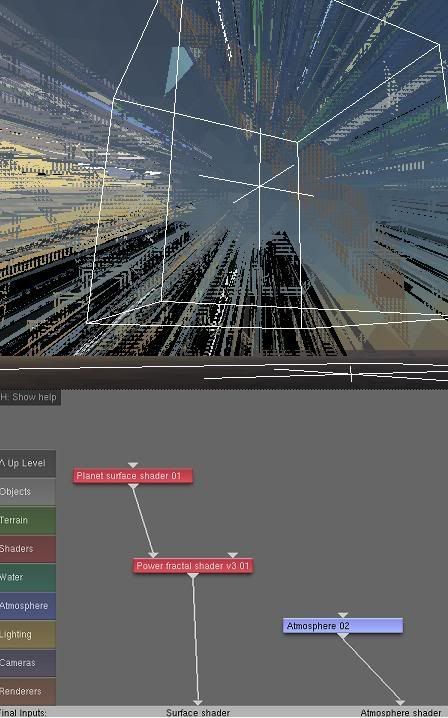I added a second planet to a blank scene and attached a planet surface shader with all default values to it and it worked fine, that is, until I moved the second planet.
What happened can only be described with pictures.
I don't know what it's doing.
I've been able to reproduce the problem on both my computer and laptop. Simply add a second planet to a scene and attach the planet surface shader to it...it should freak out when you move the planet.
(edit:) Actually now I've found that simply attaching the shader to the planet causes the issue, even if I don't move it.
Rendering the image produced a blank red picture
